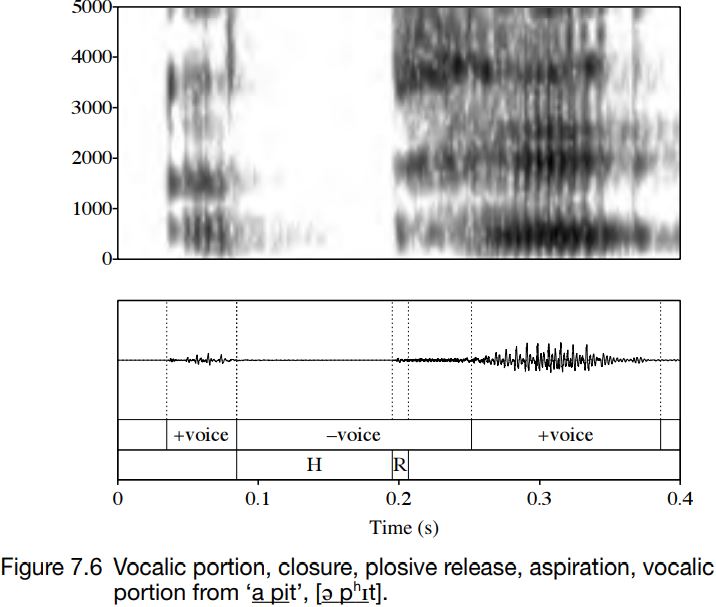x

هدف البحث
بحث في العناوين
بحث في المحتوى
بحث في اسماء الكتب
بحث في اسماء المؤلفين

اختر القسم
موافق


Grammar


Tenses


Present

Present Simple

Present Continuous

Present Perfect

Present Perfect Continuous


Past

Past Continuous

Past Perfect

Past Perfect Continuous

Past Simple


Future

Future Simple

Future Continuous

Future Perfect

Future Perfect Continuous

Passive and Active


Parts Of Speech


Nouns

Countable and uncountable nouns

Verbal nouns

Singular and Plural nouns

Proper nouns

Nouns gender

Nouns definition

Concrete nouns

Abstract nouns

Common nouns

Collective nouns

Definition Of Nouns


Verbs

Stative and dynamic verbs

Finite and nonfinite verbs

To be verbs

Transitive and intransitive verbs

Auxiliary verbs

Modal verbs

Regular and irregular verbs

Action verbs


Adverbs

Relative adverbs

Interrogative adverbs

Adverbs of time

Adverbs of place

Adverbs of reason

Adverbs of quantity

Adverbs of manner

Adverbs of frequency

Adverbs of affirmation


Adjectives

Quantitative adjective

Proper adjective

Possessive adjective

Numeral adjective

Interrogative adjective

Distributive adjective

Descriptive adjective

Demonstrative adjective


Pronouns

Subject pronoun

Relative pronoun

Reflexive pronoun

Reciprocal pronoun

Possessive pronoun

Personal pronoun

Interrogative pronoun

Indefinite pronoun

Emphatic pronoun

Distributive pronoun

Demonstrative pronoun


Pre Position


Preposition by function

Time preposition

Reason preposition

Possession preposition

Place preposition

Phrases preposition

Origin preposition

Measure preposition

Direction preposition

Contrast preposition

Agent preposition


Preposition by construction

Simple preposition

Phrase preposition

Double preposition

Compound preposition


Conjunctions

Subordinating conjunction

Correlative conjunction

Coordinating conjunction

Conjunctive adverbs


Interjections

Express calling interjection


Grammar Rules

Preference

Requests and offers

wishes

Be used to

Some and any

Could have done

Describing people

Giving advices

Possession

Comparative and superlative

Giving Reason

Making Suggestions

Apologizing

Forming questions

Since and for

Directions

Obligation

Adverbials

invitation

Articles

Imaginary condition

Zero conditional

First conditional

Second conditional

Third conditional

Reported speech


Linguistics

Phonetics

Phonology


Semantics


Pragmatics

Linguistics fields

Syntax

Morphology

Semantics

pragmatics

History

Writing

Grammar


literature


Reading Comprehension

Elementary

Intermediate

Advanced
Voiceless aspirated plosives
المؤلف:
Richard Ogden
المصدر:
An Introduction to English Phonetics
الجزء والصفحة:
102-7
1-7-2022
596
Voiceless aspirated plosives are the commonest productions of the sounds [p t k] in English. In this arrangement, voicing stops at about the same time as the closure is made. Throughout the closure, the vocal folds are held open, so that the hold phase is voiceless. Vocal fold vibration starts after a delay of approximately 20–50 ms after the release of the closure. For voiceless aspirated plosives, VOT is typically 20–50 ms.

Figure 7.6 shows the lag between release and onset of voicing. After the release, there is a period of noise before voicing begins. This is called aspiration and it is generated by air passing through the glottis and then the vocal tract. Aspiration is a product of turbulent airflow, and sometimes it persists even after the voicing has started.
If you say the phrases ‘a pick, a tick, a kick’ with the back of the hand just in front of the mouth, you will probably feel aspiration as a puff of air. Aspiration is transcribed with a superscript [h]:  . The quality of this aspiration depends on the accompanying vocalic articulation: with front, close vowels (in words like ‘peat’, ‘tick’, ‘king’, ‘cute’ in most varieties), the aspiration has qualities of palatalization; with back, close vowels, the aspiration has qualities of labiovelarisation (in words like ‘port’, ‘took’, ‘queen’ in most varieties); with [r]-sounds, there is accompanying retroflexion, and possibly also labiovelarisation, as in ‘prey’, ‘treat’, ‘creep’.
. The quality of this aspiration depends on the accompanying vocalic articulation: with front, close vowels (in words like ‘peat’, ‘tick’, ‘king’, ‘cute’ in most varieties), the aspiration has qualities of palatalization; with back, close vowels, the aspiration has qualities of labiovelarisation (in words like ‘port’, ‘took’, ‘queen’ in most varieties); with [r]-sounds, there is accompanying retroflexion, and possibly also labiovelarisation, as in ‘prey’, ‘treat’, ‘creep’.
The degree and duration of aspiration depend on word and sentence stress. The more prominent a word is, the more aspiration with any voiceless plosive in it, it is likely to have.